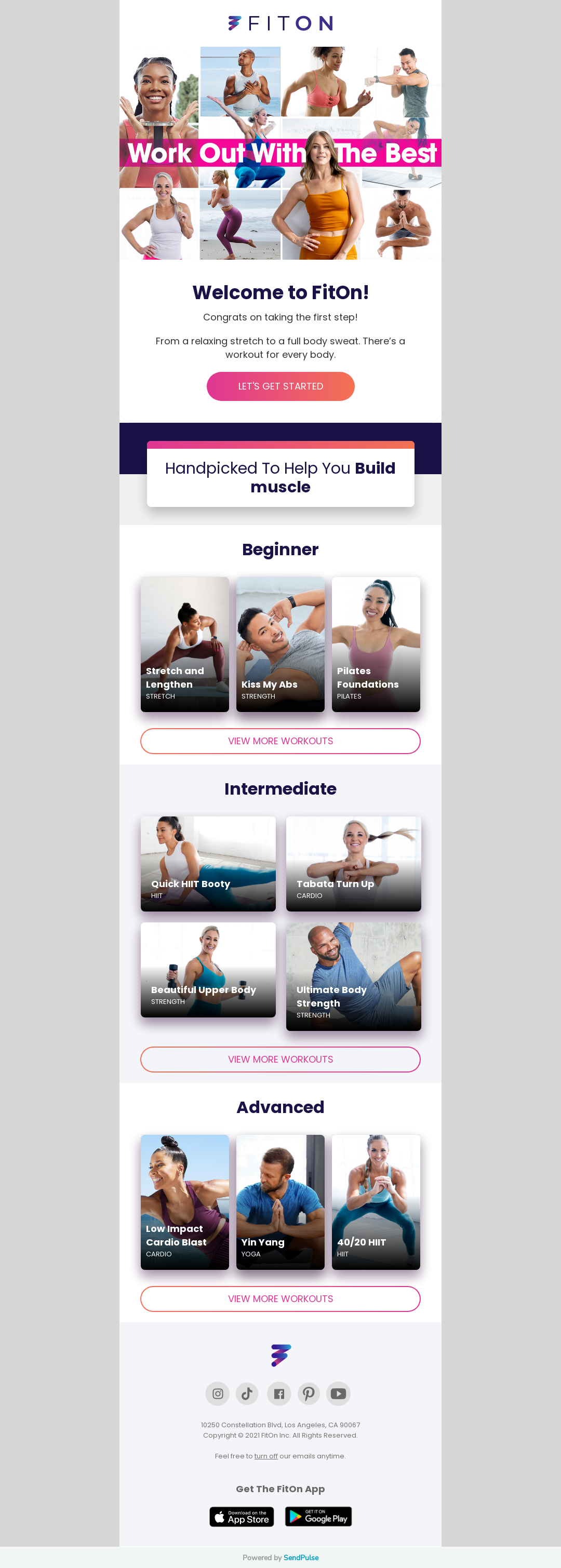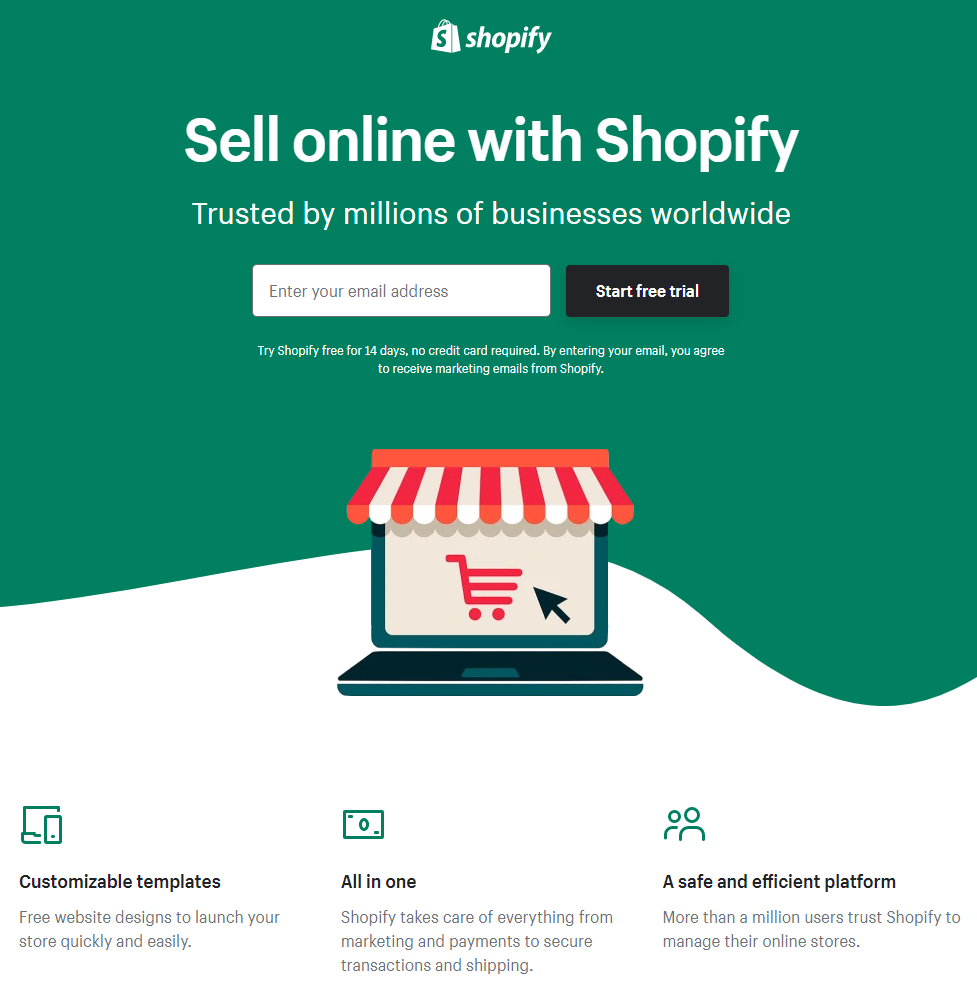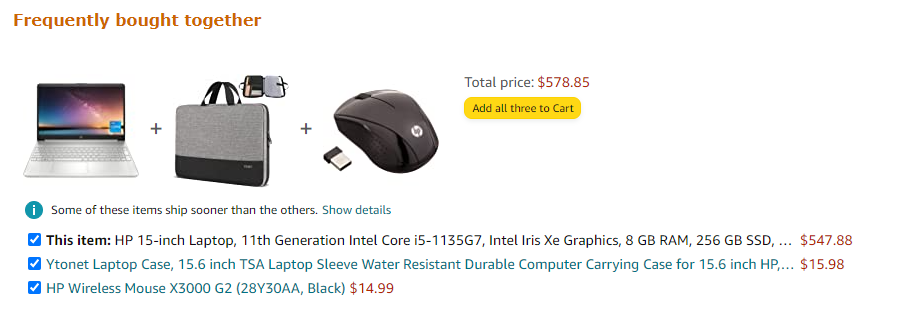Customer lifecycle management is a process of identifying the stages of the customer lifecycle and assigning certain indicators to evaluate the performance of a company. It allows businesses to improve conversion rates, increase customer retention, and build customer loyalty.
In this article, we’ll unveil the importance and benefits of customer lifecycle management and compare customer lifecycle and customer relationship management. We’ll also review 5 stages, KPIs, and best practices of customer lifecycle management.
Why is customer lifecycle management important?
The success and prosperity of a business depend on satisfied customers. Companies’ sales, marketing, and customer service teams strive to establish strong long-term relationships with customers rather than focus on one-time deals. They provide excellent usability, seamless user experience, and other benefits to turn one-time buyers into regular customers. To improve conversions, increase revenue, and obtain customer loyalty, you need to build relationships that bring profit to both parties, for you and your customer. Certain departments of your company should care about customer lifetime value since it indicates the profit you can receive from one customer.
Customer lifecycle management enables you to keep an eye on the buyer journey and encourage customers to stick to the brand. In turn, they will recommend the product to friends and family. With its help, you can improve customer experience resulting in higher customer loyalty of existing clients, great ROI, more brand advocates, and higher brand awareness.
Now that you know about the importance, it’s time to reveal some main benefits of this process.
Benefits of Customer Lifecycle Management
By improving customer experience and customer satisfaction, brands can enhance several areas of their businesses that influence sales volume and revenue. Customer lifecycle management becomes a source of crucial information for sales, marketing, customer service teams. This data helps eliminate problems during the customer lifecycle, assist and support customers, meet their needs and expectations. Strong relationships between your customers and teams ensure better customer acquisition, higher conversions, and retention.
Once you have trusting relationships with your customers, you can experience the rise in sales and profitability of your company. If clients are satisfied with your customer onboarding, customer service, website’s usability, and user experience, they will promote your brand for free. Consumers can become excellent word-of-mouth promoters and help you enhance your customer base. As a result, your sales and profits will boost.
When your team keeps every stage of the customer journey under control and pays attention to areas that need improvement, your company has a competitive advantage. Customer lifecycle management empowers you to keep up with trends and stay ahead of the competition. The biggest advantage of customer lifecycle management is that you can collect all your data in one place and act on it.
The pros are clear, so let’s proceed to the next section to see a distinct difference between customer lifecycle and customer relationship management.
Customer Lifecycle Management vs Customer Relationship Management
People often confuse the terms customer lifecycle management and customer relationship management. We’ve decided to explain the difference to avoid any misinterpretation.
Customer lifecycle management is a process that entails a company’s team focusing on customer relationships and constantly trying to improve them with all available methods. The process can be divided into 5 main stages. They include reaching, acquiring, developing, retaining customers, and encouraging advocacy. The company’s team controls customer lifecycles to make sure that clients feel comfortable with a brand and stick to it. If a company does everything properly, customer retention and ROI will increase.
Customer relationship management is a set of technologies, strategies, and tactics businesses use to ensure interactions with clients and throughout the customer lifecycle. This tool allows marketers to analyze available data. It helps improve customer service, provide the company’s team with a centralized source of customer information, and drive sales. CRM system includes customer data from different channels and sources and stores it in one place where the company’s staff can access it.
Now when the difference is clear, let’s take a closer look at the stages.
5 Stages of Customer Lifecycle Management
Customer lifecycle management can be divided into 5 main stages. We’ll review each stage in more detail to clarify how the process works. Hope this information will come in handy when you decide to implement customer lifecycle management into your business.
- Reach. Once people have problems, they seek solutions. They look for the right product to solve the problem and attain the necessary goal. If your brand resonates with their needs, you’ll be able to encourage them to become customers. At this stage, customers pay attention to all available options your competitors offer. They compare similar products from different companies, look through reviews, and conduct their research. If you want to appear on the prospect’s radar, you need to use various marketing techniques. Take care of your SEO, inbound and outbound marketing so that your product catches the eye of a lead. Once users notice your product, they will explore it further. You can also consider using PPC ads and paid ads on social media networks.
- Acquisition. The acquisition stage starts at the moment a user lands on your website. This stage depends on the channel a potential customer decided to choose. For example, if people encounter your site first, they will search for educational content, pricing, blog posts. These materials will provide users with a clear understanding of your product, its features, and prices. As a result, they can decide whether this product is a perfect decision in terms of value and pricing. Since the content of your website influences purchasing decisions, you need to ensure that you have clear, informative, and complete information both about your company and product. This is very important for acquiring new customers. Customers can also come from other channels, so their buyer journey can vary.
- Conversion. After potential customers collect all the necessary information, they can finally make a purchase. Once they do it, they convert into customers. You need to develop relationships with customers who just converted. To encourage people to stay with your company and purchase from time to time, you need to establish strong, trusting relationships. Stay in contact with your clients, send them email newsletters with offers, make targeted ads of products they see, and update on new arrivals. Do your best to retain your customers.
- Retention. To retain customers, you should know whether they are healthy or at risk of churning out. For this purpose, conduct a survey or ask for feedback. Find out if your clients enjoy your product or service. You should also let customers assess your customer service and customer satisfaction through surveys. Besides, you can create the voice of the customer program to gather customer feedback and find out what requires improvement. Consider providing your customers with special perks to improve their experience with your brand. For instance, you can offer discounts, referral programs, loyalty programs, and 24/7 support.
- Loyalty. If you do everything right and your customers are satisfied, they will stay with your brand and purchase constantly. In this stage, people can share information about your company on social media, become free advocates of your brand, and refer their friends. You need to encourage them with special offers and VIP service. Make sure that they have the best experience with your business.
Now that you know all 5 stages, it’s time to jump into customer lifecycle management KPIs.
Customer Lifecycle Management KPIs
If you want to maintain good relationships with customers, you need to keep an eye on the customer journey. To ensure that everything works properly, you need to identify and control KPIs. We’ve prepared a list of metrics that are a must to evaluate.
- Customer acquisition. When you calculate customer acquisition costs, you can figure out how much your company spends to bring new customers in. You should also estimate how much money each of the customers spends with your business. As a result, you can find out whether all your marketing and sales efforts manage to bring your targeted revenue.
- Net promoter score. To get the measure, you need to conduct a single survey and ask customers’ likeliness to recommend your product. Customers should rate how likely they are to share information about your brand with friends on a score from 0 to 10, with 10 being the highest score. This metric identifies different types of respondents. For example, if customer A provides your company, product, or service with a rating of 9 or 10, it means that this client can become your actual brand promoter.
- Churn rate. This metric informs about the number of customers who stop interacting with your company at a specific period of time. For example, users who canceled the subscription. You need to calculate the number of customers who churn out to find out the rate. If the rate is high, you need to revise your marketing efforts since it indicates that customers aren’t satisfied. To reduce customer churn, you should identify the root cause of the churn, make sure that people are provided with all necessary educational materials, check whether you target the right people, and act before consumers show any signs of dissatisfaction.
Now that you know the main KPIs, we need to uncover the best practices.
Customer Lifecycle Management Best Practices
There are different tactics you can use to ensure the effectiveness of your customer lifecycle management. We’ve gathered a list of the most powerful practices. Check it out to learn something useful for your business.
Leverage welcome campaigns
A welcome email is an excellent tool for introducing your company to new customers. With its help, you can pay consumers’ attention to the most important areas of your brand.
For instance, below you can see a great example from FitOn. After installing the app and signing up for the company’s newsletter, the user receives the following first email. The email contains workouts for different levels, such as beginner, intermediate, and advanced. The person can choose based on abilities and liking.

Consider free trials
You can apply different marketing techniques to convert subscribers into customers. Sometimes, when users can’t understand the product's functionality to the fullest, they leave. That’s why there’s a point in considering free trials. Allow new subscribers to try the service for a limited period of time. If they like your product, they’ll purchase one of your paid plans soon.
For example, Shopify entices users with a 14-day free trial. People can use the service for different types of businesses.

Recommend additional products
You can provide extra value for customers and increase revenue by offering possible combinations of products. To do it, use the frequently bought together technique.
Below you can see an example from Amazon. If you look for a laptop under the product card, you can notice products frequently bought together. In this case, these are a laptop case and a wireless mouse.

Expand to new products
Your current customers can become consumers of your new products. So, you can create an outstanding new product and suggest it to your existing clients.
Look what Uber did. The company is famous for vehicles for hire. However, it’s also Uber Eats, a service that allows users to order food and have it delivered to their place.

Hope our best practices will come in handy when you decide to implement customer lifecycle management. This process will help you advance your relationships with customers and retain them.
References:
- This article defines the term and provides readers with customer lifecycle management resources.
- In this article, you’ll take a closer look at the stages of customer lifecycle management.
- This article unveils the importance of customer lifecycle management.
Last Updated: 22.03.2023

or